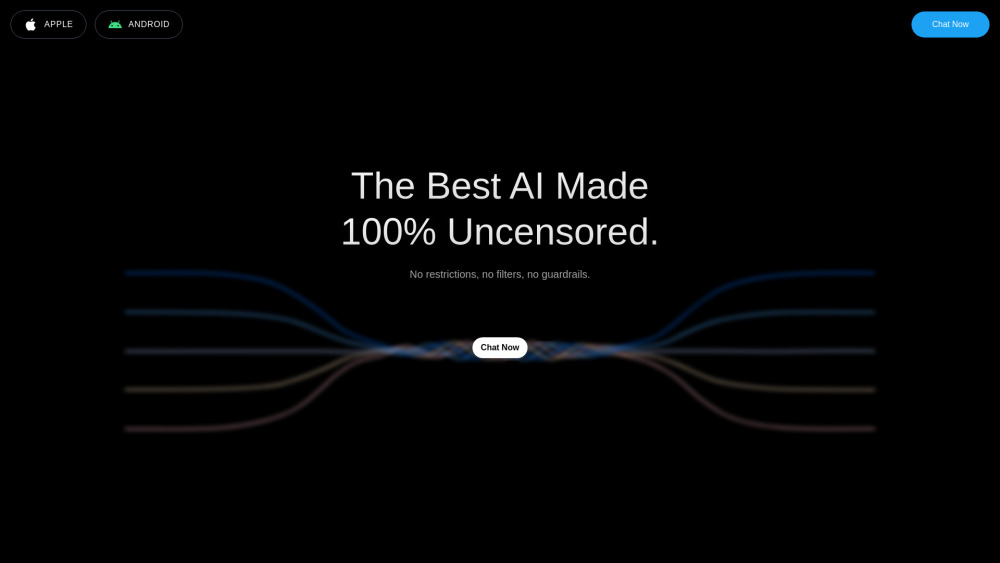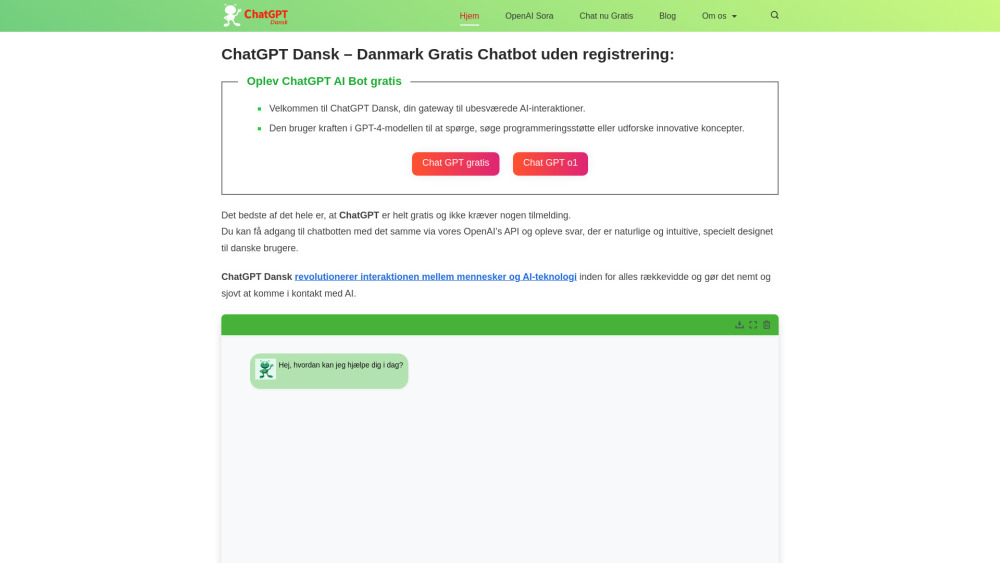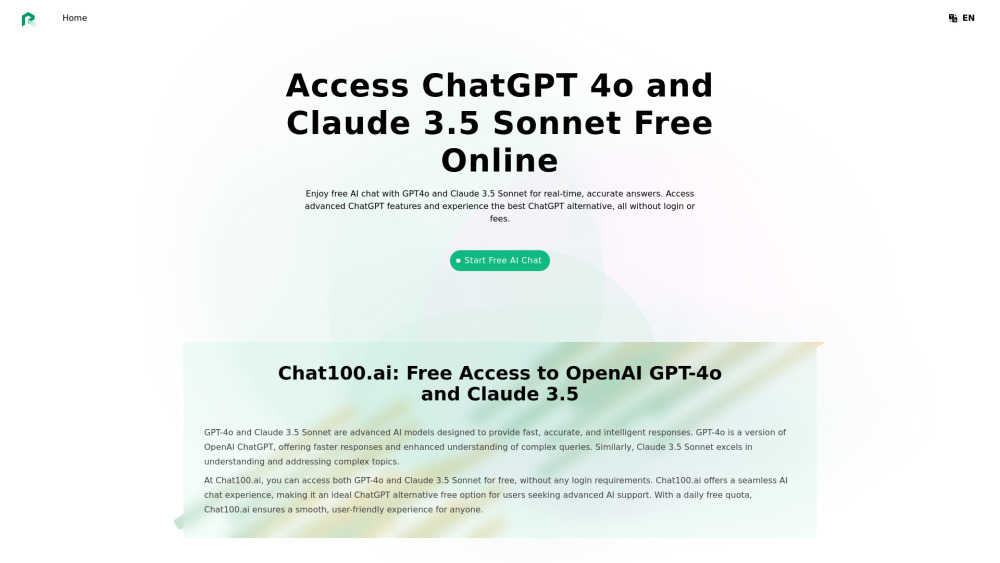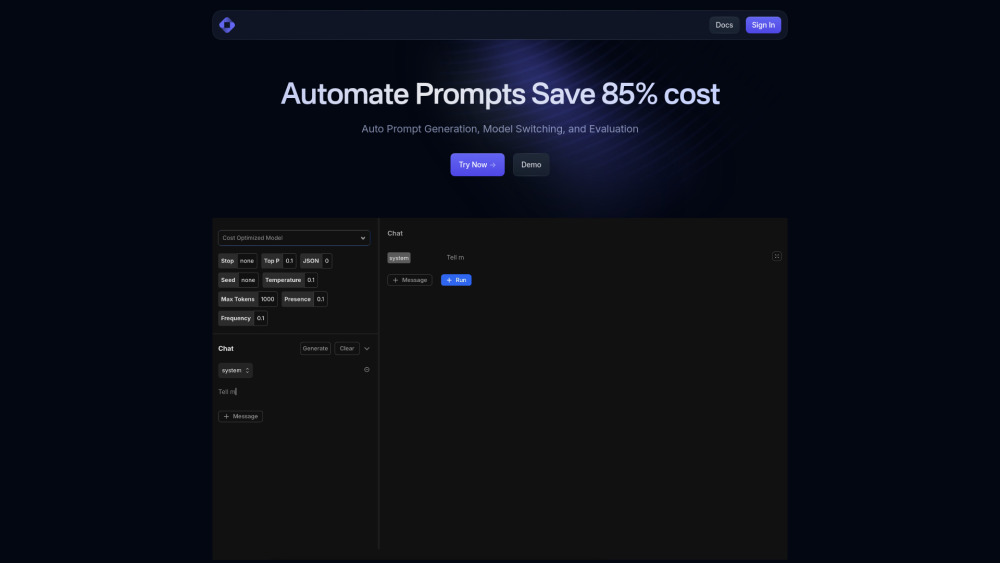Phi-3: Redefining what's possible with SLMs
Product Information
Key Features of Phi-3: Redefining what's possible with SLMs
Phi-3 models are the most capable and cost-effective SLMs, outperforming models of the same size and next size up across a variety of language, reasoning, coding, and math benchmarks.
High-quality training data
Phi-3 models are trained using high-quality data, ensuring they are ready to use out-of-the-box.
Instruction-tuned
Phi-3 models are instruction-tuned, meaning they are trained to follow different types of instructions reflecting how people normally communicate.
Safety-first model design
Phi-3 models were developed in accordance with the Microsoft Responsible AI Standard, ensuring they are responsibly developed, tested, and deployed.
Use Cases of Phi-3: Redefining what's possible with SLMs
Resource-constrained environments
Latency-bound scenarios
Cost-constrained use cases, particularly those with simpler tasks
Pros and Cons of Phi-3: Redefining what's possible with SLMs
Pros
- High-quality training data
- Instruction-tuned
- Safety-first model design
Cons
- May not perform as well on factual knowledge benchmarks
- May require further optimization for specific use cases
How to Use Phi-3: Redefining what's possible with SLMs
- 1
Get started with Phi-3 on Microsoft Azure AI Studio
- 2
Explore the Phi-3 model on Hugging Face and Ollama
- 3
Use Phi-3 for resource-constrained environments, latency-bound scenarios, and cost-constrained use cases







